Home>Technology>Smart Home Devices>How Do I Know If My Printer Is Inkjet
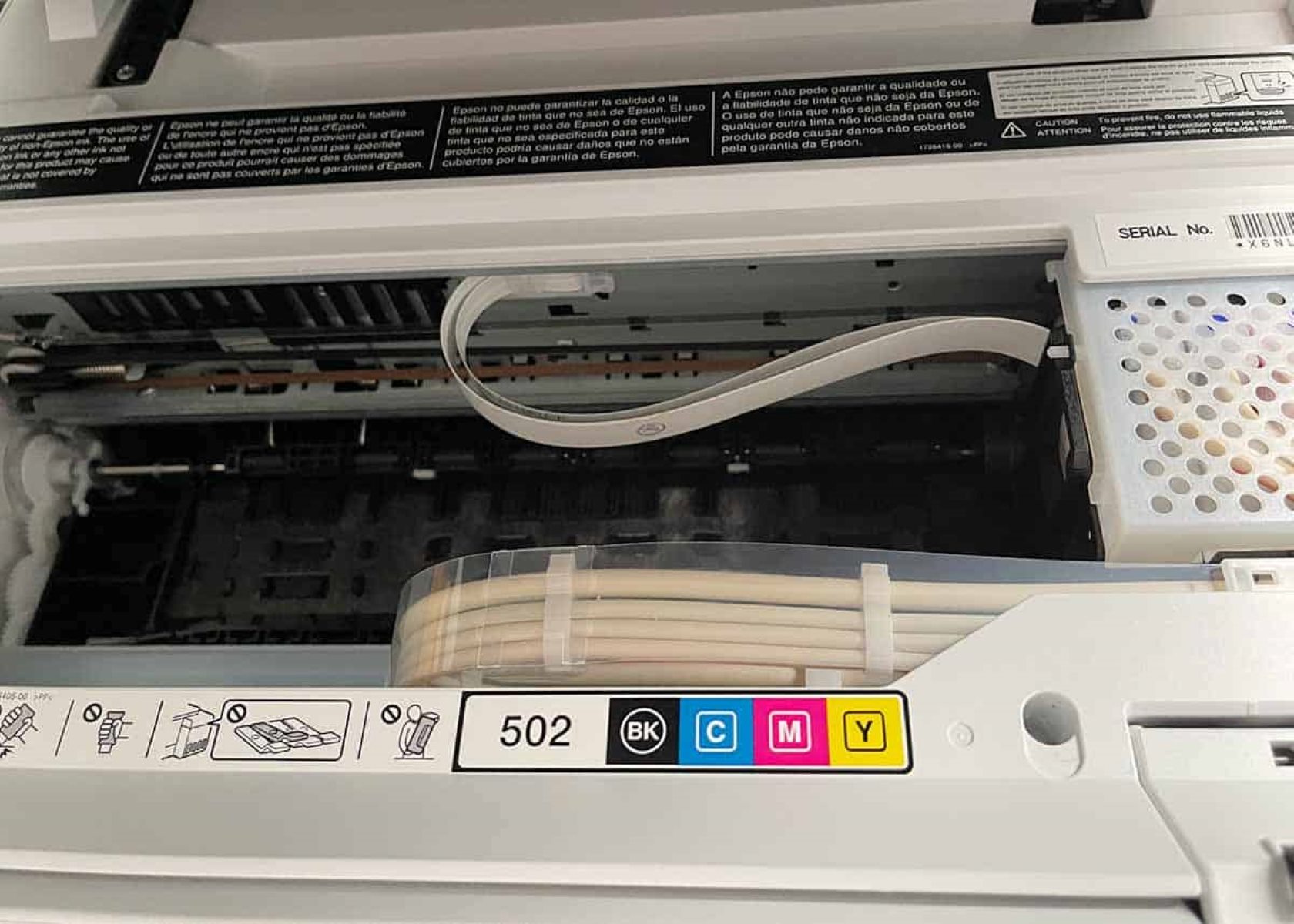

Smart Home Devices
How Do I Know If My Printer Is Inkjet
Modified: February 18, 2024
Learn how to determine if your printer is an inkjet and explore the latest smart home devices for seamless printing and connectivity. Discover the best options for your home.
(Many of the links in this article redirect to a specific reviewed product. Your purchase of these products through affiliate links helps to generate commission for Storables.com, at no extra cost. Learn more)
**
Introduction
**
Welcome to the world of printers, where the choice between inkjet and other types can be a game-changer. If you're wondering whether your printer is an inkjet model, you've come to the right place. Inkjet printers are popular for their versatility, producing high-quality prints for both text and images. Understanding the type of printer you own is crucial for maintenance, troubleshooting, and purchasing the correct consumables.
In this article, we'll delve into the intricacies of inkjet printers, explore various methods for identifying them, and provide insights into checking printer specifications and performing visual inspections. By the end, you'll be equipped with the knowledge needed to confidently determine if your printer is an inkjet model. Let's embark on this enlightening journey to unravel the mystery of your printer's technology.
**
Key Takeaways:
- Inkjet printers use liquid ink and produce high-quality prints for photos and documents. Look for “inkjet” in the printer’s specifications and visually inspect for ink cartridges to identify if it’s an inkjet model.
- To confirm if your printer is inkjet, print a test page and check for vibrant colors, precise text, and quick-drying ink. This hands-on approach provides tangible evidence of the printer’s capabilities.
Read more: How To Know If Printer Is Inkjet
Understanding Inkjet Printers
**
Before we dive into identifying inkjet printers, it's essential to grasp the fundamental workings of this technology. Inkjet printers operate by propelling droplets of ink onto paper to create text and images. These printers are known for their exceptional print quality, making them a popular choice for homes, offices, and creative endeavors.
One of the key advantages of inkjet printers is their ability to produce high-resolution prints, resulting in sharp and vibrant output. This makes them ideal for tasks such as photo printing, graphic design, and other visual-centric applications. Additionally, inkjet printers are versatile in handling various paper types and sizes, catering to a wide range of printing needs.
Furthermore, inkjet printers are relatively compact and often more affordable than other types of printers, making them accessible to a broad audience. Their ease of use and ability to render intricate details with precision contribute to their widespread popularity.
Understanding the technology behind inkjet printers not only sheds light on their capabilities but also aids in differentiating them from other printer types. As we proceed, this knowledge will serve as a foundation for identifying the specific traits and features that characterize inkjet printers.
**
Identifying Inkjet Printers
**
When it comes to identifying inkjet printers, there are several distinguishing factors that set them apart from other printer types. One of the primary indicators is the method of ink application. Inkjet printers utilize liquid ink, which is sprayed onto the paper through microscopic nozzles. This results in precise and detailed prints, making them suitable for a wide array of printing tasks.
Another characteristic of inkjet printers is their ability to produce high-quality photo prints with smooth color gradients and sharp details. This makes them a preferred choice for photography enthusiasts and professionals seeking exceptional print output for their images.
Additionally, inkjet printers are known for their versatility in handling various paper types, including glossy, matte, and specialty papers. Their capability to accommodate different paper sizes and textures makes them well-suited for diverse printing needs, ranging from standard documents to creative projects.
Moreover, the compact and sleek design of inkjet printers sets them apart from bulkier and more industrial-looking printer models. Their user-friendly interfaces and often wireless connectivity options further contribute to their distinct appeal.
By recognizing these key attributes, you can confidently identify whether your printer belongs to the inkjet category. As we delve deeper into the process, we’ll explore additional methods to verify the printer type and gain a comprehensive understanding of its specifications.
**
Checking Printer Specifications
**
When determining if your printer is an inkjet model, examining its specifications can provide valuable insights. Most printers have a label or display that showcases essential details about their technology and capabilities. To identify an inkjet printer, look for specifications related to the printing technology, such as "inkjet" or "ink-based printing." This explicit indication confirms the printer’s classification as an inkjet model.
Furthermore, inspecting the printer’s maximum resolution is a crucial step in identifying an inkjet printer. Inkjet printers are renowned for their ability to produce high-resolution prints, often measured in dots per inch (DPI). A higher DPI value signifies finer detail and superior print quality, aligning with the characteristics commonly associated with inkjet technology.
Another key specification to consider is the type of ink cartridges or tanks the printer utilizes. Inkjet printers typically employ liquid ink stored in cartridges or tanks, distinct from the toner used in laser printers. Verifying the presence of ink cartridges or tanks further confirms the printer’s inkjet classification.
Additionally, examining the printer’s paper handling capabilities can offer insights into its printer type. Inkjet printers are designed to accommodate a variety of paper types and sizes, including photo paper and specialty media. If the specifications emphasize support for diverse paper types and sizes, it reinforces the likelihood of the printer being an inkjet model.
By meticulously reviewing these specifications, you can confidently ascertain whether your printer is indeed an inkjet model. This analytical approach provides a comprehensive understanding of the printer’s capabilities and technology, enabling you to make informed decisions regarding maintenance, consumables, and print settings.
**
Check the type of cartridges your printer uses. Inkjet printers use liquid ink cartridges, while laser printers use toner cartridges. You can also look up the model of your printer online to see its specifications.
Visual Inspection
**
Conducting a visual inspection of your printer can offer valuable clues to determine if it is an inkjet model. Begin by examining the printer’s exterior and overall design. Inkjet printers are often characterized by their compact and sleek appearance, making them suitable for home and small office environments. Their relatively lightweight build and user-friendly interfaces contribute to their distinct visual appeal.
Furthermore, inspect the printer’s input and output trays, as well as the paper path. Inkjet printers typically feature accessible and easily adjustable trays to accommodate various paper sizes and types. The presence of specialized trays for photo paper or other media further signifies the printer’s compatibility with diverse print materials, a hallmark of inkjet technology.
Another aspect to consider during the visual inspection is the presence of ink cartridges or tanks. Inkjet printers rely on liquid ink stored in replaceable cartridges or refillable tanks, which are easily accessible for maintenance and replacement. The visible presence of these ink containers confirms the printer’s inkjet classification, distinguishing it from other printer types that utilize toner or alternative printing methods.
Additionally, scrutinize the control panel and display features of the printer. Inkjet printers often boast intuitive interfaces with user-friendly controls and, in some cases, touchscreen displays. These elements contribute to the seamless operation and setup of inkjet printers, reflecting their emphasis on user convenience and accessibility.
By meticulously examining these visual cues, you can confidently determine if your printer aligns with the characteristics of an inkjet model. This hands-on approach provides a tangible understanding of the printer’s design and functionality, complementing the insights gained from examining its specifications and technology.
**
Read more: What Is An Inkjet Printer
Printing Test Page
**
One effective method for confirming whether your printer is an inkjet model involves performing a test page print. This straightforward process allows you to assess the print quality, ink application, and overall performance, offering valuable insights into the printer’s technology.
To initiate the test page print, access your printer’s settings or control panel and locate the option to print a test page. This feature is commonly available in the printer’s menu or settings interface, providing a convenient way to evaluate its output.
Once the test page is initiated, observe the printing process closely. Inkjet printers are known for their ability to produce detailed and vibrant prints, showcasing smooth color gradients and precise text reproduction. As the test page emerges from the printer, pay attention to the characteristics of the printed content, including text clarity, image sharpness, and color accuracy.
Furthermore, inspect the ink application and coverage across the printed page. Inkjet printers typically exhibit a seamless and uniform distribution of ink, resulting in consistent print quality throughout the document. The absence of streaks, smudges, or uneven ink deposition reinforces the printer’s adherence to inkjet technology standards.
Additionally, assess the drying time of the printed test page. Inkjet prints are known for their quick-drying nature, allowing for immediate handling and minimal risk of smudging. If the test page demonstrates rapid drying and smudge-resistant characteristics, it aligns with the hallmark traits of inkjet printing.
By evaluating the test page printout and analyzing its various attributes, you can confidently affirm whether your printer is indeed an inkjet model. This hands-on approach provides tangible evidence of the printer’s capabilities and performance, complementing the insights gained from examining its specifications, visual cues, and technology.
**
Conclusion
**
Embarking on the journey to identify whether your printer is an inkjet model has provided valuable insights into the distinguishing features and characteristics of this versatile printing technology. By delving into the intricacies of inkjet printers, exploring various methods for identification, and examining printer specifications and visual cues, you’ve gained a comprehensive understanding of how to discern the printer type.
Understanding the fundamental workings of inkjet printers has underscored their exceptional print quality, versatility in handling various paper types, and compact, user-friendly design. These traits set inkjet printers apart as a popular choice for homes, small offices, and creative endeavors, catering to diverse printing needs with precision and efficiency.
Identifying inkjet printers involves a multifaceted approach, encompassing the examination of specifications, visual inspection, and the practical assessment of print output through test page printing. By scrutinizing these elements, you can confidently determine whether your printer aligns with the hallmark traits of inkjet technology, enabling informed decision-making and effective maintenance practices.
As you navigate the realm of printers and printing technologies, the knowledge gained from this exploration empowers you to make informed choices regarding consumables, maintenance procedures, and print settings. Whether you’re seeking high-quality photo prints, vibrant document output, or reliable performance, understanding the nuances of inkjet printers equips you with the insights needed to maximize your printing experience.
In conclusion, the journey to identify if your printer is an inkjet model has not only unraveled the mystery of its technology but has also provided a deeper appreciation for the capabilities and versatility of inkjet printing. Armed with this knowledge, you’re well-equipped to harness the full potential of your inkjet printer, embracing its exceptional print quality and adaptability for a wide range of printing endeavors.
Frequently Asked Questions about How Do I Know If My Printer Is Inkjet
Was this page helpful?
At Storables.com, we guarantee accurate and reliable information. Our content, validated by Expert Board Contributors, is crafted following stringent Editorial Policies. We're committed to providing you with well-researched, expert-backed insights for all your informational needs.
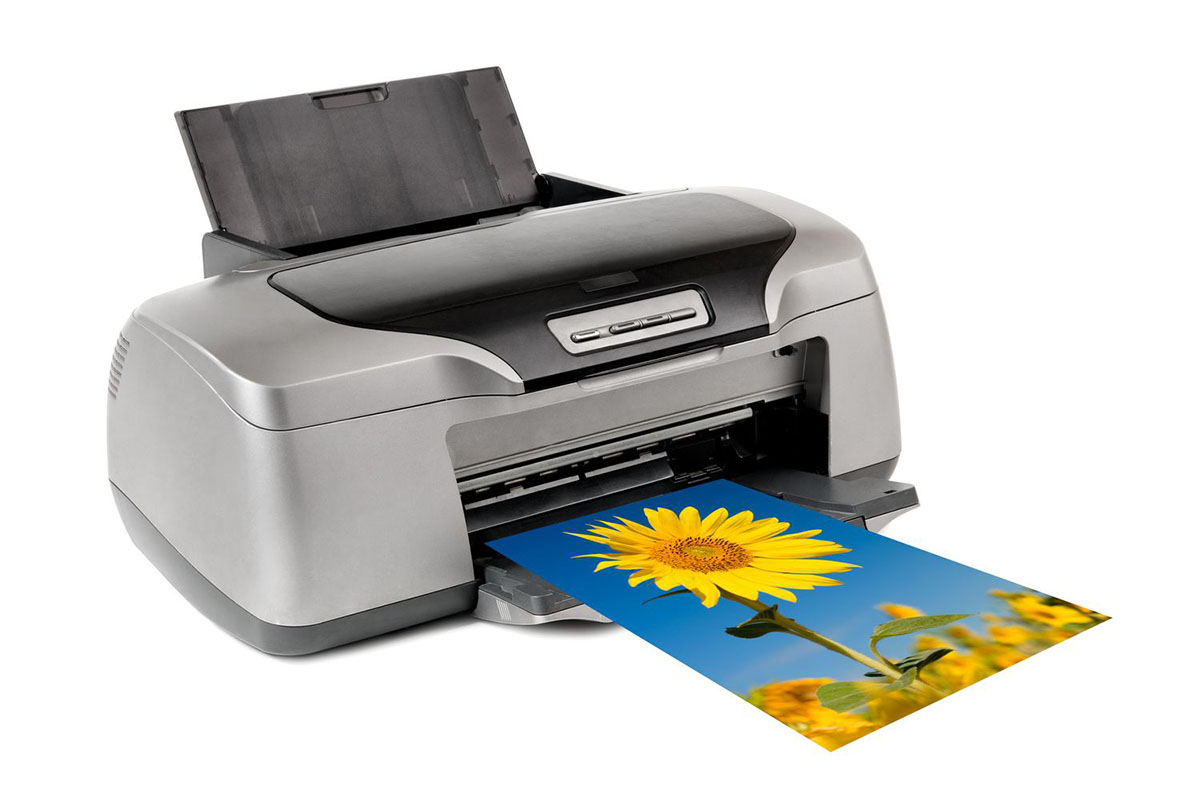
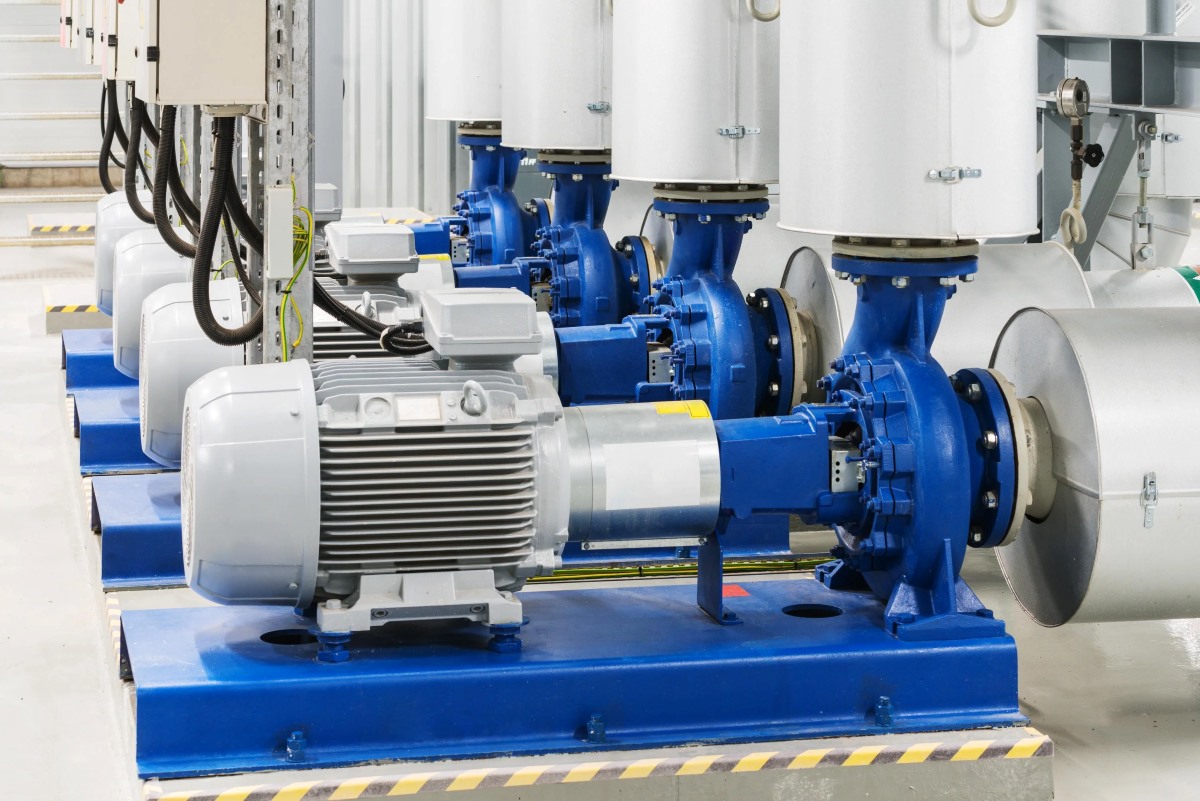
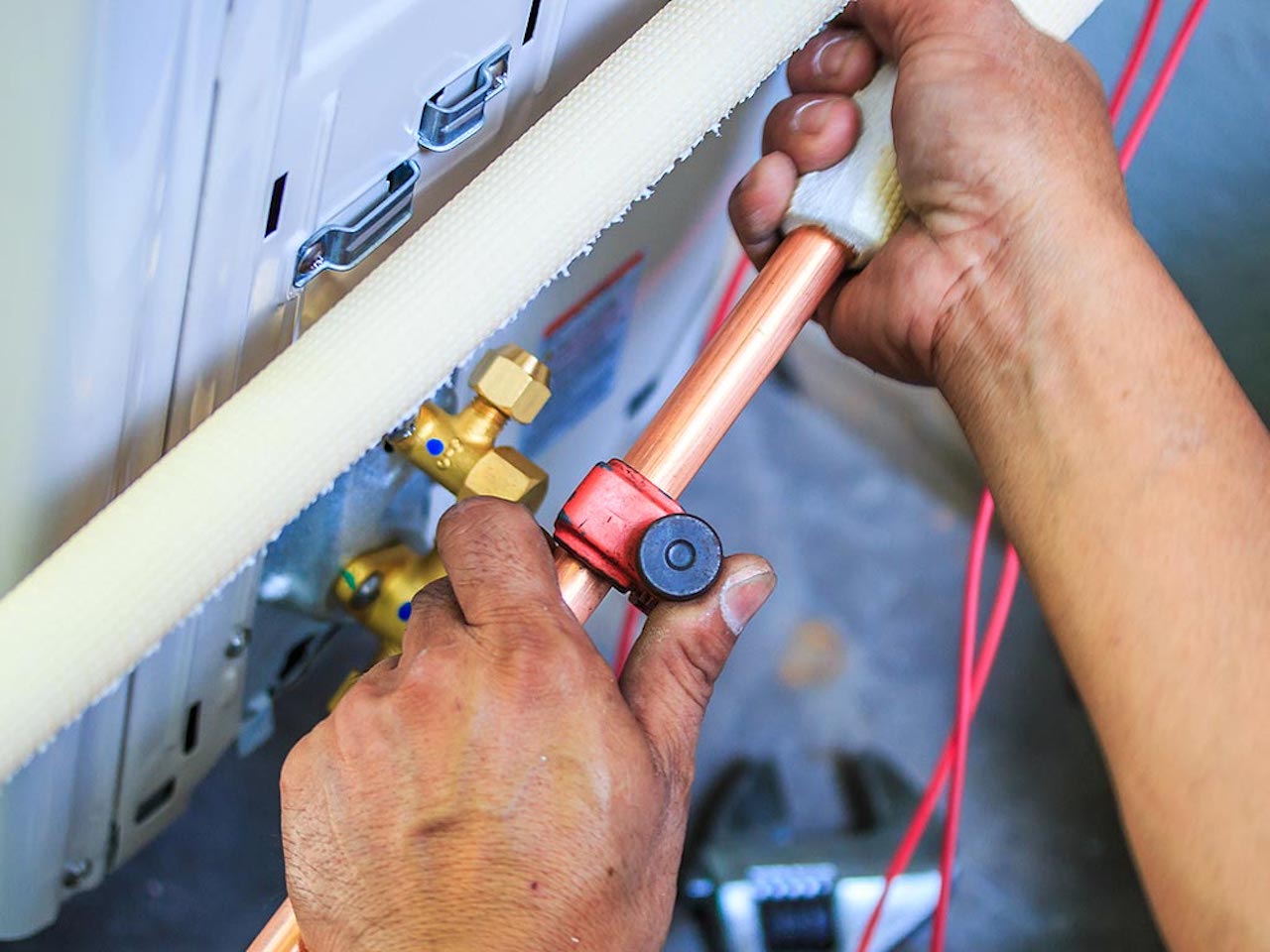


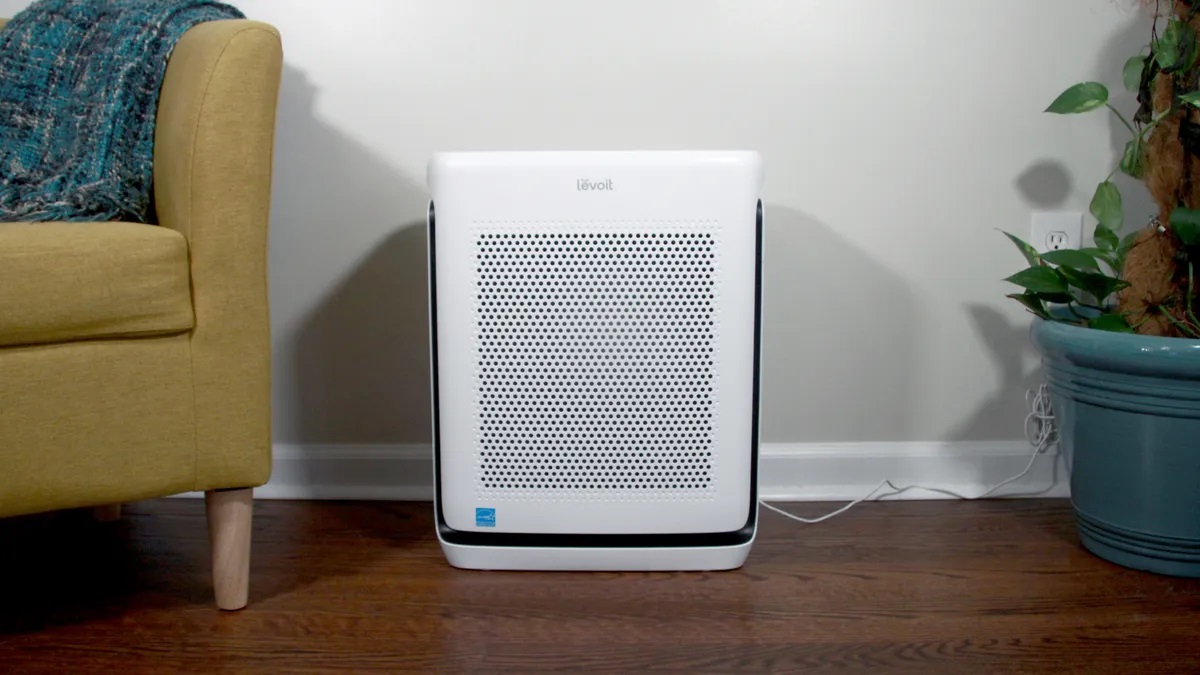

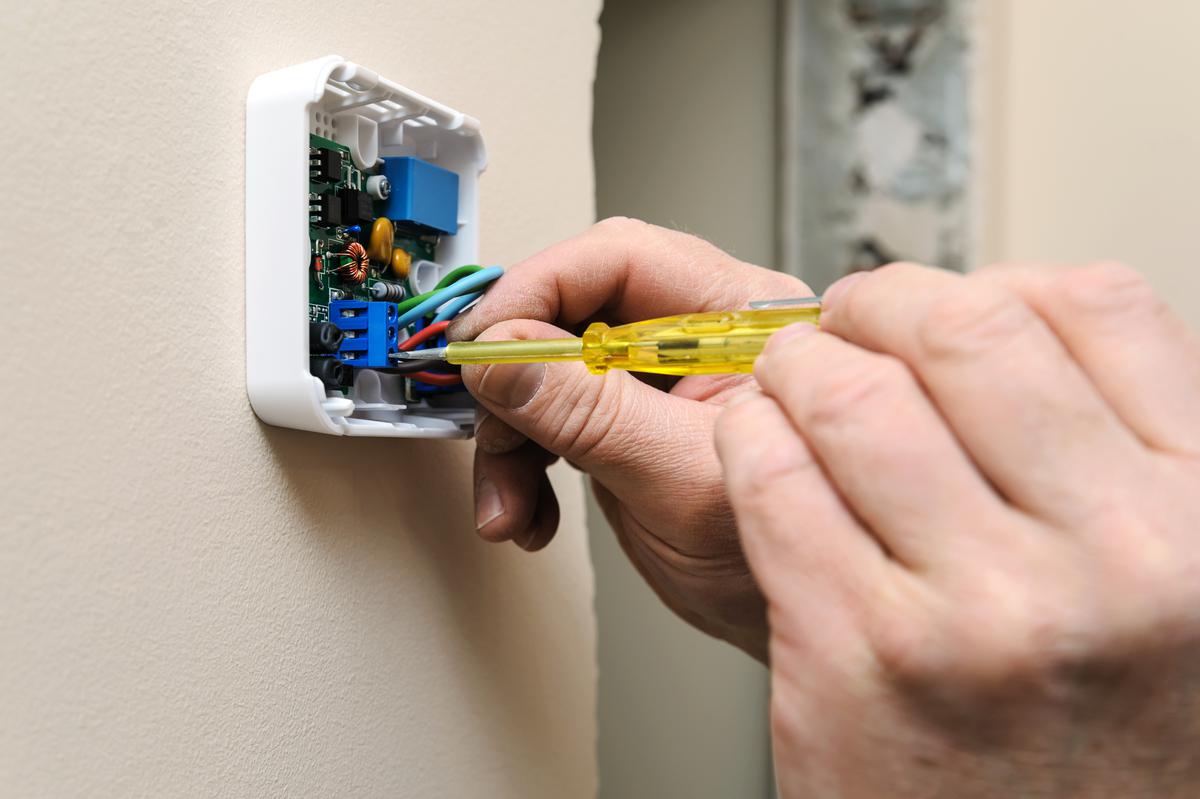

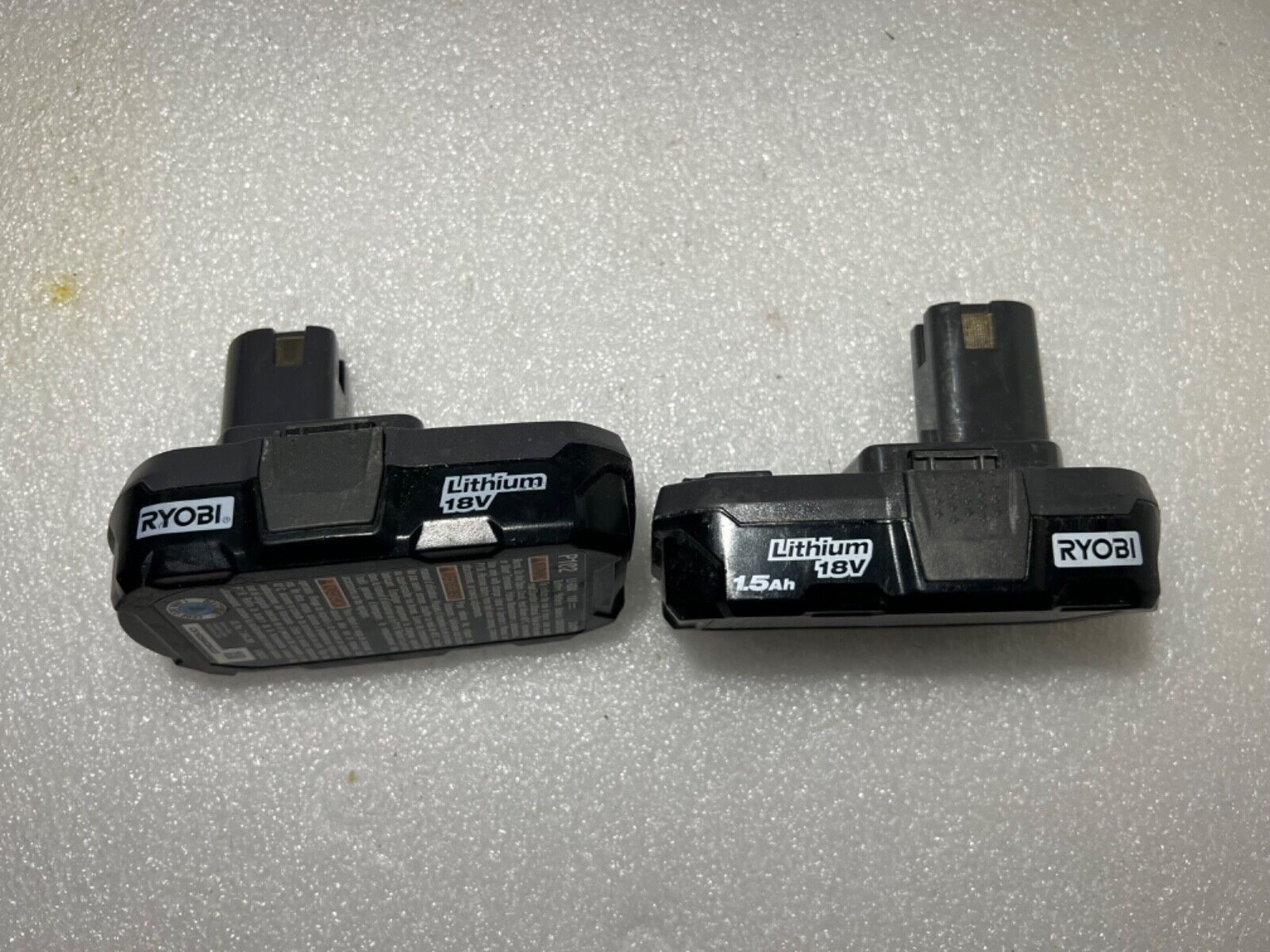
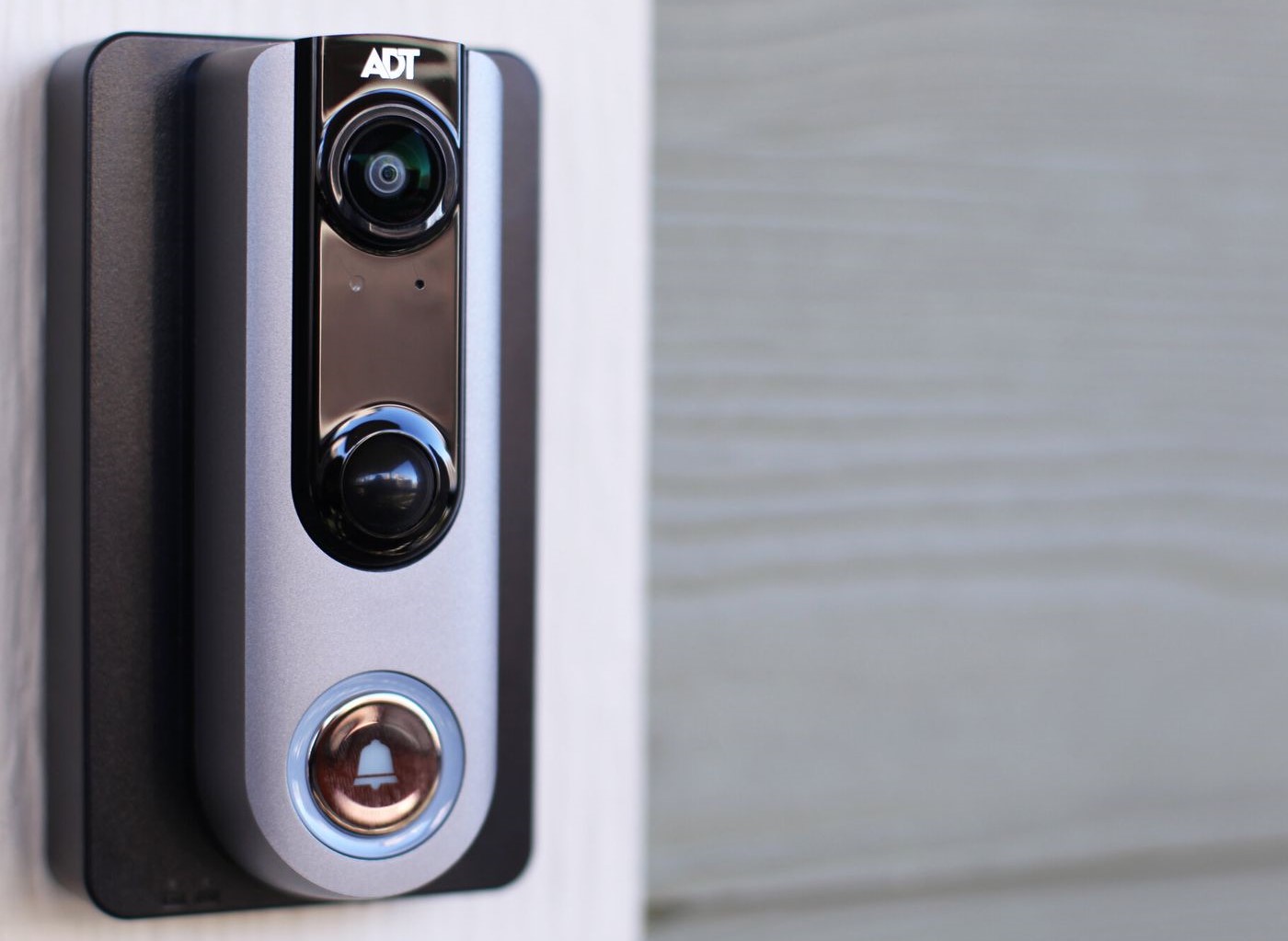


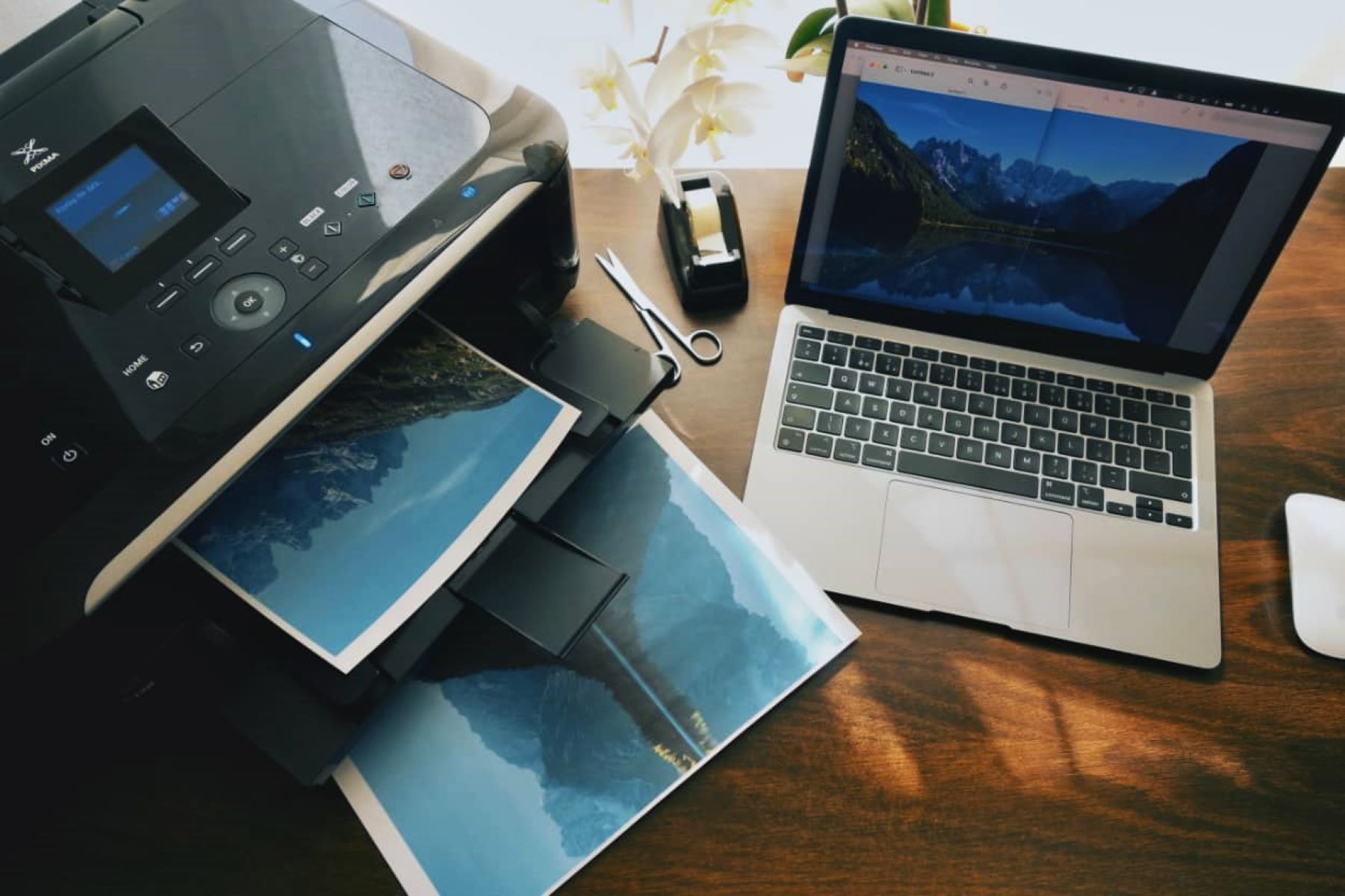

0 thoughts on “How Do I Know If My Printer Is Inkjet”